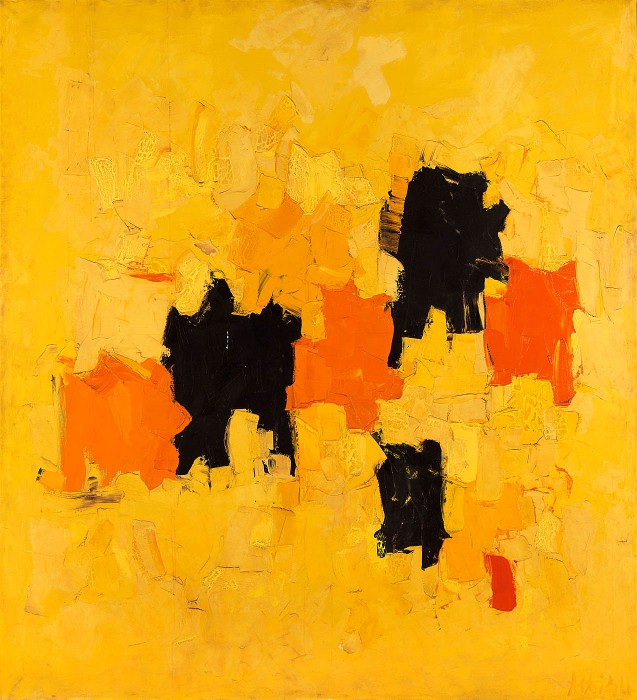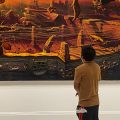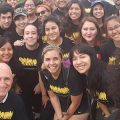Our America: The Latino Presence in American Art
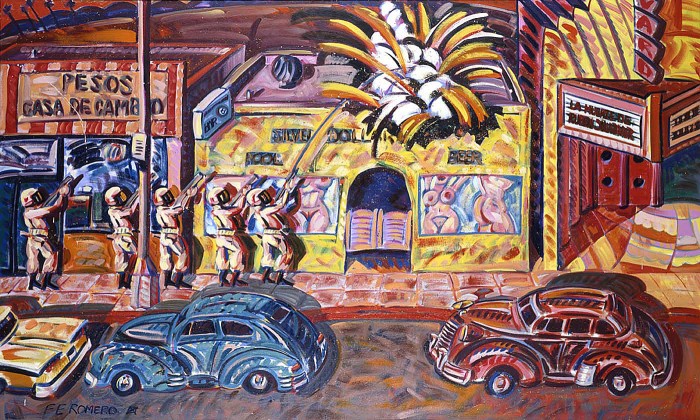
Frank Romero, Death of Rubén Salazar, 1986. Smithsonian American Art MuseumMuseum purchase made possible in part by the Luisita L. and Franz H. Denghausen Endowment© 1986, Frank Romero
The folks at the American Art Museum have been really busy getting everything ready and are excited to announce that the exhibition Our America: The Latino Presence in American Art is open. On view through March 2, 2014, this exhibition captures the aesthetic richness of Latino art in the United States since 1950. It presents 92 works by 72 artists who participated in key art movements including abstract expressionism, are pioneers in activist, conceptual and performance art, and reinterpret classic American subjects such as landscape, portraiture and scenes of everyday life.
In a video podcast, curator E. Carmen Ramos explains that the mid-20th century was an important period in Latino art. At this time, Latino artists were attending art schools in this country and were beginning to contest their marginalized position within American society. The exhibition includes examples of socially engaged art such as Frank Romero’s Death of Rubén Salazar, avant-garde works with themes drawn from Latino history and experience, such as María’s Great Expedition by Christina Fernandez, and works by artists who were pioneers in the modern art movements of abstract expressionism, minimalism and performance art. Many of the works on view are recent acquisitions by the American Art Museum, including Teresita Fernández’s Nocturnal (Horizon Line) and Humanscape 62 by Melesio “Mel” Casas, both of which Carmen discusses in her video series.
To coincide with the opening of Our America, there is a new bilingual website with extended information in English and Spanish about the themes and artworks in the exhibition and an audio podcast series that will feature a variety of scholars and artists talking about the works on view. Our America: The Latino Presence in American Art will be on view at the American Art Museum through March 2, 2014, then will begin a national tour.
(A version of this post was originally published by the American Art Museum blog, Eye Level.)
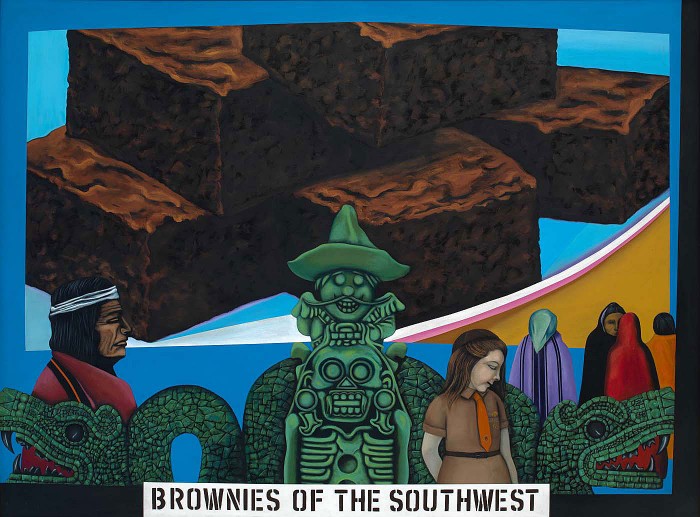
Melesio “Mel” Casas, Humanscape 62, 1970, acrylic, Smithsonian American Art Museum, Museum purchase through the Luisita L. and Franz H. Denghausen Endowment. © 1970, the Casas Family
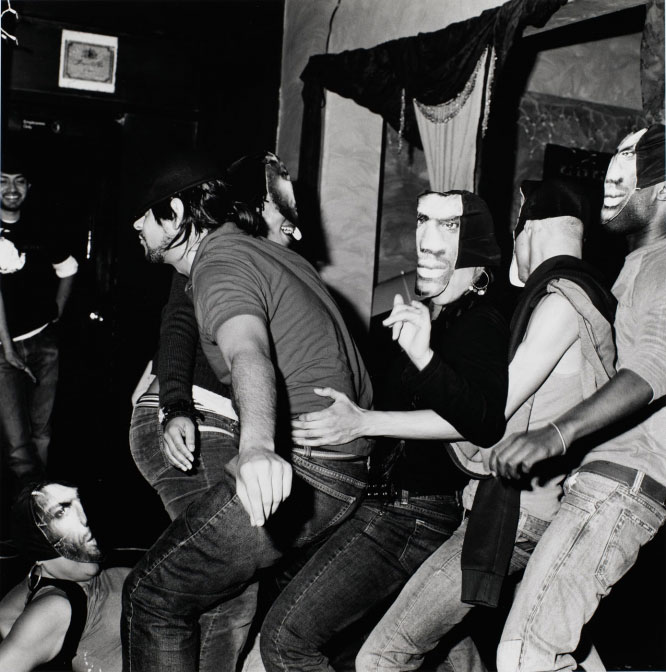
lia Alba, Larry Levan (snake), 2006, printed 2010, gelatin silver print, Smithsonian American Art Museum, Museum purchase made possible by William W.W. Parker. © 2006, Elia Alba
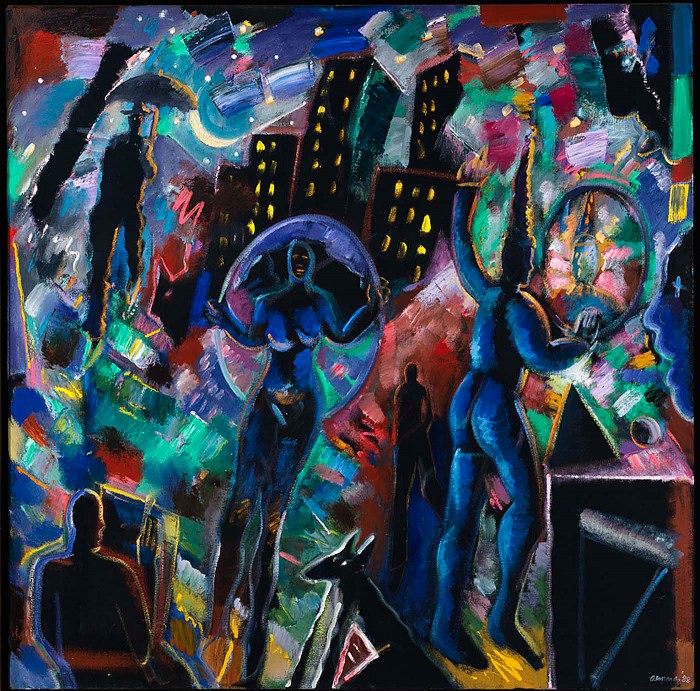
Carlos Almaraz, Night Magic (Blue Jester), 1988, oil, Smithsonian American Art Museum, Gift of Gloria Werner. © 1988, Carlos Almaraz Estate
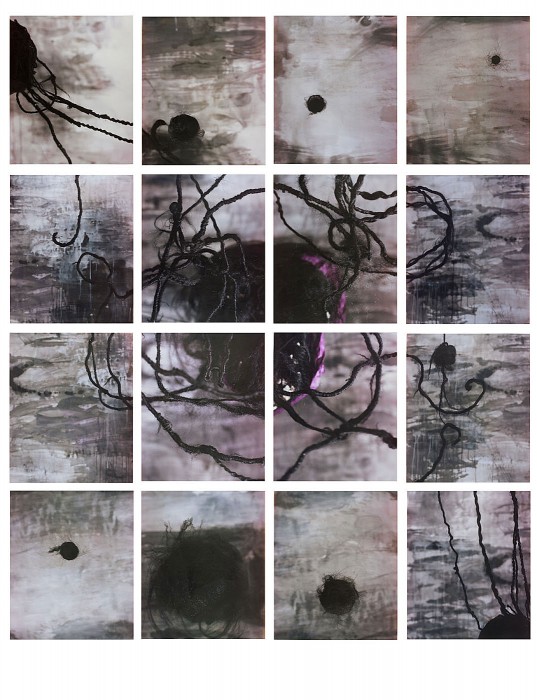
María Magdalena Campos‑Pons, Constellation, 2004, instant color prints, Smithsonian American Art Museum, Museum purchase through the Luisita L. and Franz H. Denghausen Endowment. © 2004, María Magdalena Campos‑Pons
Posted: 29 October 2013
- Categories:
